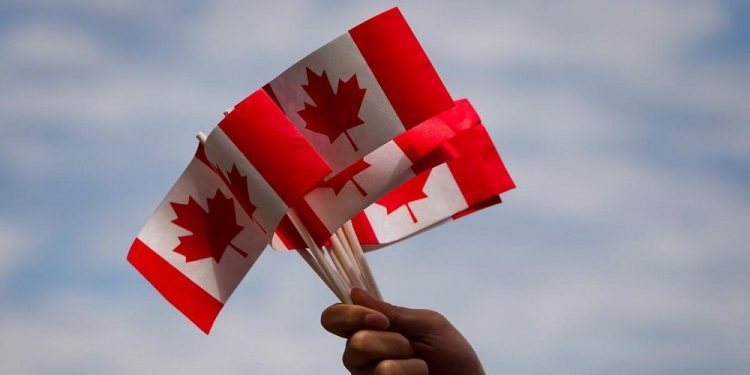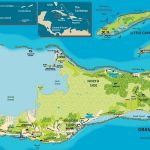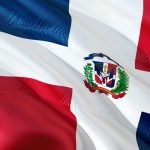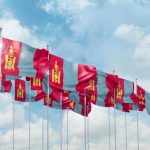
Discovery Day
Discovery Day is a holiday that falls on the third Monday of August and is celebrated in the territory of the Canadian Yukon. This holiday, which is also known as Klondike Gold Discovery Day, commemorates the discovery of gold in the region in 1896. This discovery kicked off the Klondike gold rush in 1896, bringing people into the region and eventually leading to the establishment of the Yukon as a Canadian territory.
It’s a holiday that shouldn’t be confused with Discovery Day in Labrador and Newfoundland. That holiday, also known as John Cabot Day or Cabot 500 Day, was changed to June Day until a new name could be chosen. The new name for that June holiday will be chosen in consultation with Indigenous groups native to the area.
The History of Discovery Day
This holiday can be traced back to when George Washington Carmack and his brother-in-law Skookum Jim Mason discovered gold that set off the Klondike Gold Rush on August 16, 1896. They found gold in Rabbit Creek in the Yukon region of Canada. The creek was then renamed from Rabbit Creek to Bonanza Creek, and many locals started staking claims. Since there was an abundance of gold along this creek, many of these early stakeholders became independently wealthy and were thus given the nickname “Klondike Kings.”
Six months after the initial discovery, over 100,000 people headed off to the Yukon, but only 30,000 of them actually completed the trek due to lost enthusiasm, death, or sickness. Even though the Northwest Mounted Police recommended that all miners heading to the area carry at least a year’s worth of provisions with them, many were still afflicted with malnutrition or starvation. Extreme cold temperatures were another hardship that these Klondikers had to endure during their trip.
As these 30,000 miners and would-be miners flooded the area, Dawson would swell and become one of the largest cities north of San Francisco—at least, for a while. It was the growth of Dawson that actually led to the creation of the Yukon Territory as a Canadian Territory on June 13, 1898. However, it would be another 13 years before Discovery Day would even be considered as a public holiday. In 1911, the Yukon Order of Pioneers managed to persuade the Yukon’s Territorial Council to make the first Monday in August Discovery Day. The following year, in 1912, it was observed for the first time with a parade, speeches, and football matches.
Observing Discovery Day
Discovery Day can be observed by people in the Yukon by taking advantage of the three-day weekend. They can spend the day camping, fishing, hunting, or engaging in other activities that they want to enjoy. If they’re looking for a bigger celebration, they can always attend one of the events that are held across the territory. This includes golf tournaments, festivals, parades, and other activities. People wishing to spread the word about this holiday can also use the hashtag #DiscoveryDay on their social media accounts. This holiday is often used in conjunction with many people’s vacations to squeeze a few extra days of R&R out of their summer.








